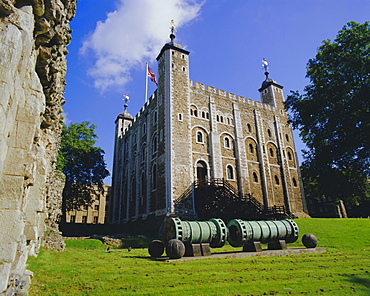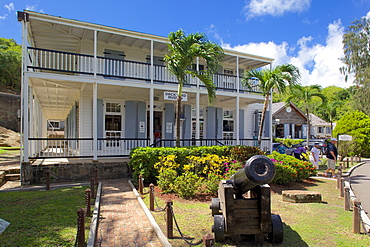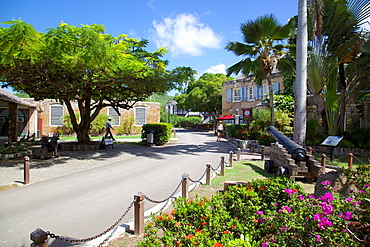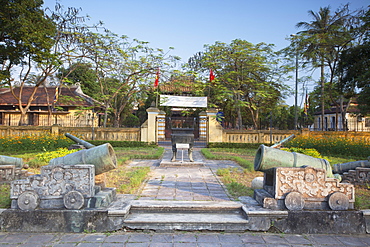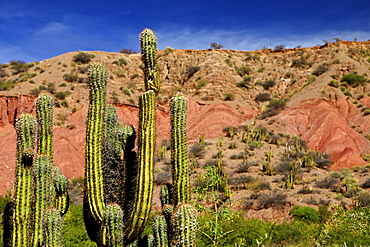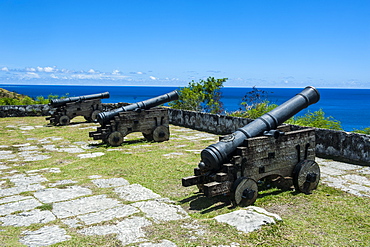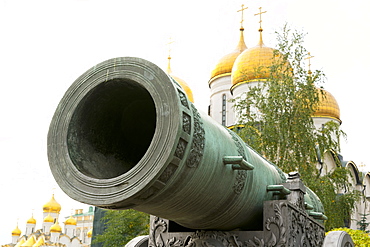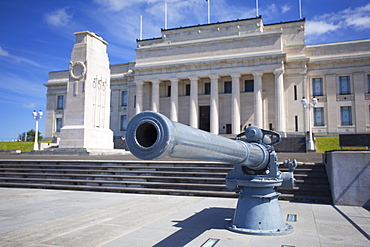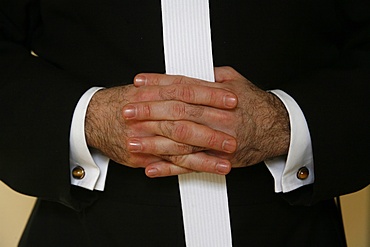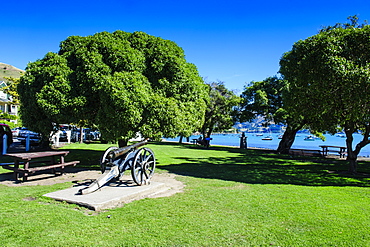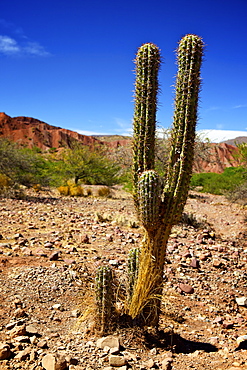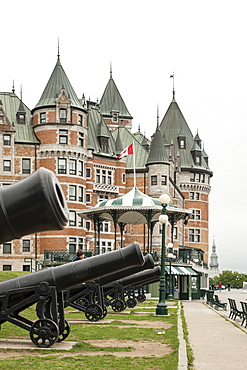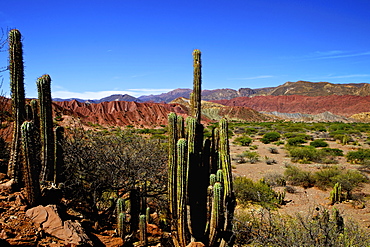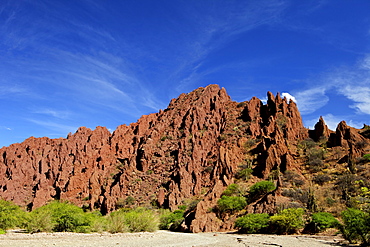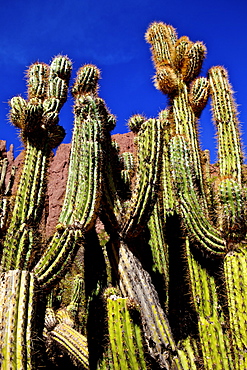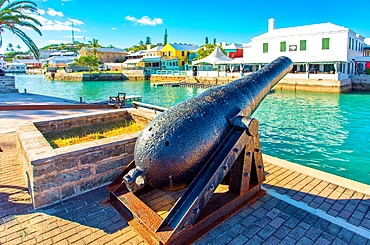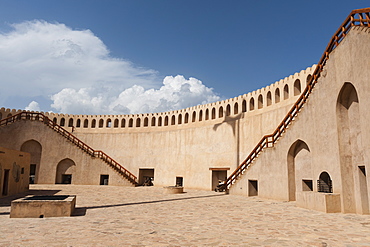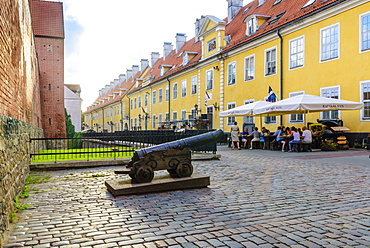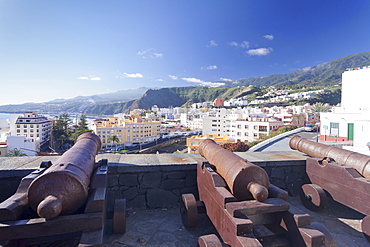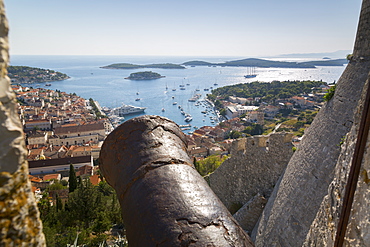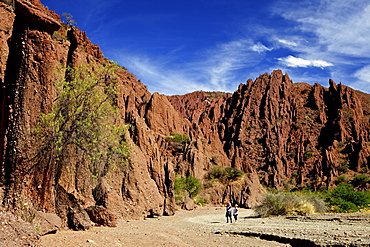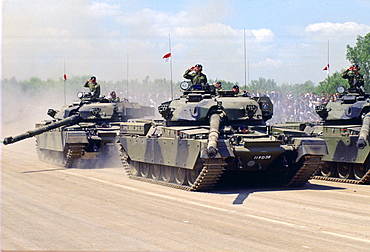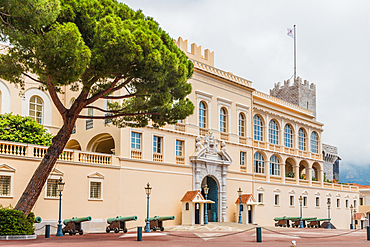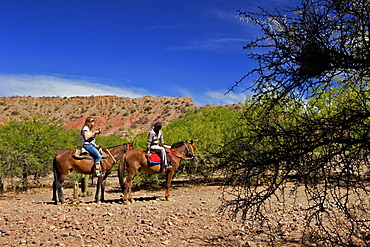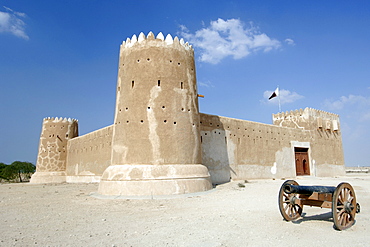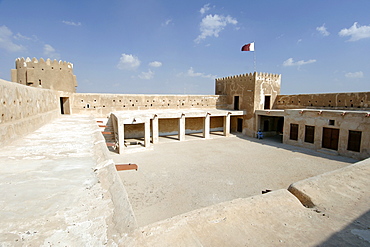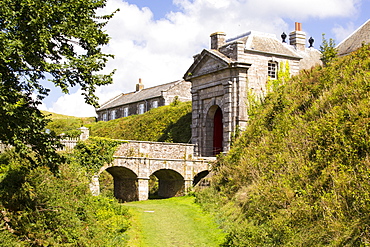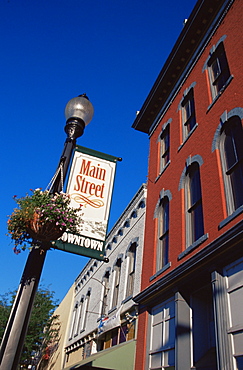Results
63 results found
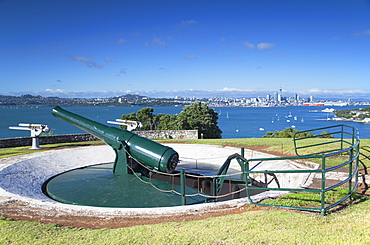
Disappearing gun and Auckland skyline, North Head Historic Reserve, Devonport, Auckland, North Island, New Zealand, Pacific
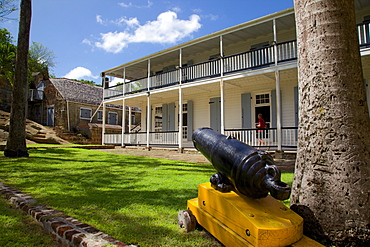
Bakery, Admiral's House and Dockyard Museum, Nelson's Dockyard, Antigua, Leeward Islands, West Indies, Caribbean, Central America
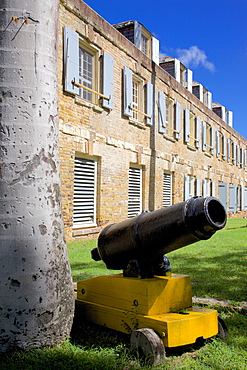
Copper and Lumber Store, Nelson's Dockyard, Antigua, Leeward Islands, West Indies, Caribbean, Central America
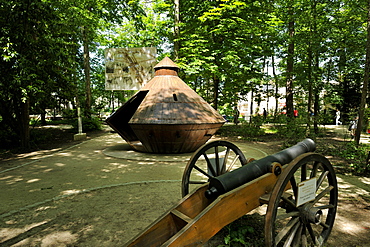
Replicas of some of Leonardo da Vinci's inventions, Clos Luce, Parc Leonardo da Vinci, Amboise, Indre-et-Loire, Loire Valley, Centre, France, Europe
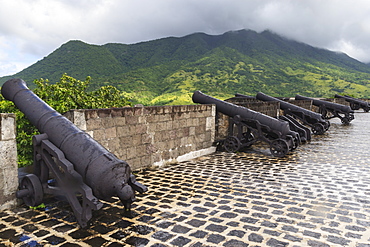
Cannons and green hills, Brimstone Hill Fortress, UNESCO World Heritage Site, St. Kitts, St. Kitts and Nevis, West Indies, Caribbean, Central America
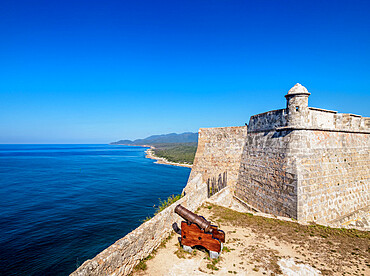
San Pedro de la Roca Castle, UNESCO World Heritage Site, Santiago de Cuba, Santiago de Cuba Province, Cuba, West Indies, Caribbean, Central America
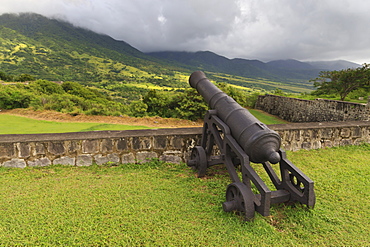
Cannon and green hills, Brimstone Hill Fortress, UNESCO World Heritage Site, St. Kitts, St. Kitts and Nevis, West Indies, Caribbean, Central America
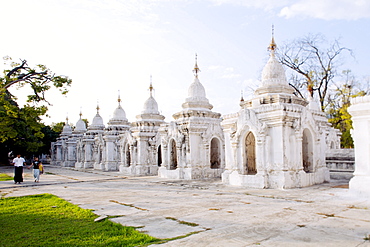
Kuthodaw pagoda - stupas housing the world's largest book, consisting of 729 large marble tablets with the Tipitaka Pali canon, Mandalay, Myanmar (Burma), Southeast Asia
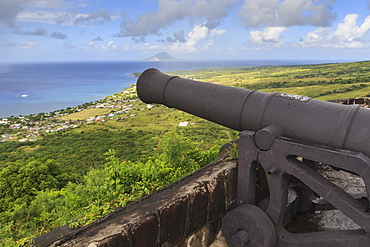
Cannon points towards the sea, with St. Eustatius in the distance, Brimstone Hill Fortress, UNESCO World Heritage Site, St. Kitts, St. Kitts and Nevis, West Indies, Caribbean, Central America
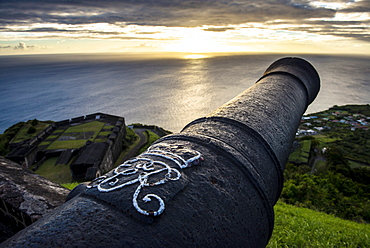
Sunset over Brimstone Hill Fortress, UNESCO World Heritage Site, St. Kitts, St. Kitts and Nevis, Leeward Islands, West Indies, Caribbean, Central America
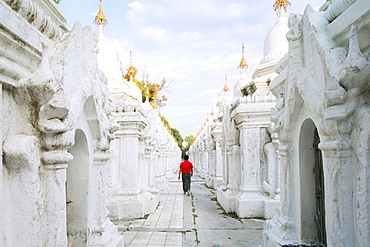
Kuthodaw pagoda - stupas housing the world's largest book, consisting of 729 large marble tablets with the Tipitaka Pali canon, Mandalay, Myanmar (Burma), Southeast Asia
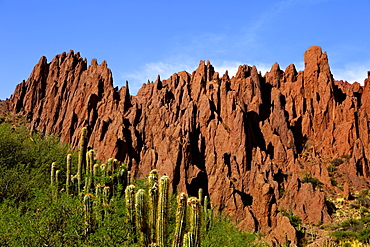
Red rock formations in the Canon Del Inca, Tupiza Chichas Range, Andes, Southwestern Bolivia, South America

St. Mawes Castle, an artillery fortress built by Henry VIII, Cornwall, England, United Kingdom, Europe
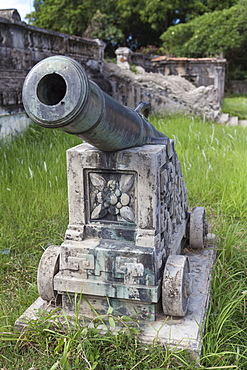
An ancient cannon in the grounds of the Imperial Citadel, UNESCO World Heritage Site, Hue, Vietnam, Indochina, Southeast Asia, Asia
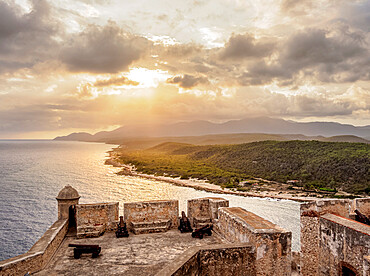
San Pedro de la Roca Castle, UNESCO World Heritage Site, Santiago de Cuba, Santiago de Cuba Province, Cuba, West Indies, Caribbean, Central America

Citadel cannons, Brimstone Hill Fortress National Park, UNESCO World Heritage Site, St. Kitts, St. Kitts and Nevis, Leeward Islands, West Indies, Caribbean, Central America
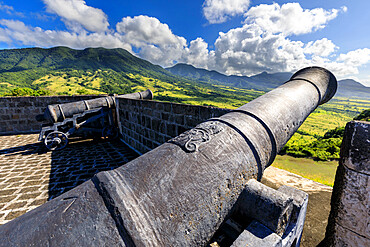
Cannons, royal insignia, Brimstone Hill Fortress National Park, UNESCO World Heritage Site, St. Kitts and Nevis, Leeward Islands, West Indies, Caribbean, Central America
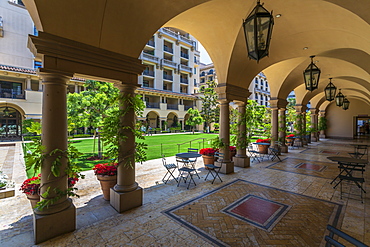
Beverly Canon Gardens, Beverly Hills, Los Angeles, California, United States of America, North America

Old cannon in front of Dutch houses at the Sint Annabaai in Willemstad, UNESCO World Heritage Site, Curacao, ABC Islands, Netherlands Antilles, Caribbean, Central America
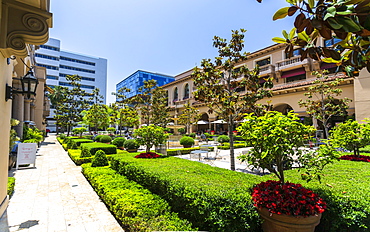
Beverly Canon Gardens, Beverly Hills, Los Angeles, California, United States of America, North America
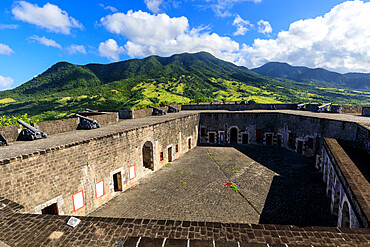
Citadel ramparts, Brimstone Hill Fortress National Park, UNESCO World Heritage Site, St. Kitts, St. Kitts and Nevis, Leeward Islands, West Indies, Caribbean, Central America
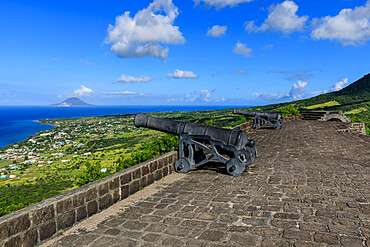
Western Place of Arms, Brimstone Hill Fortress National Park, UNESCO World Heritage Site, St. Kitts and Nevis, Leeward Islands, West Indies, Caribbean, Central America

Ovo Castle fortifications with canons at Castel dell Ovo islet fortress and city view at the Gulf of Napoli, Naples, Campania, Italy, Europe

Captured Turkish cannon, Union Flag at half mast on Old Admiralty Building, Horse Guards Parade, Whitehall, London, England, United Kingdom, Europe

A canon outside the Victualling Warehouse at the disused Royal Naval Dockyard, Bermuda, Atlantic, North America
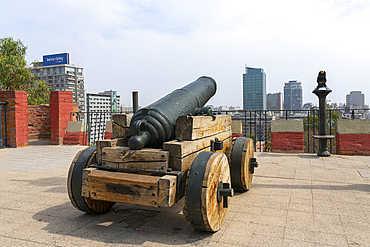
Canon atop Santa Lucia Hill with Santiago city center in background, Santiago Metropolitan Region, Chile, South America
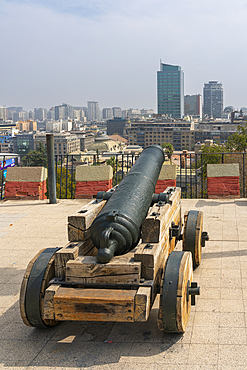
Canon atop Santa Lucia Hill with Santiago city center in background, Santiago Metropolitan Region, Chile, South America
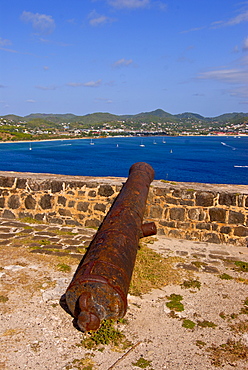
Old canon on Pigeon Point overlooking Rodney Bay, St. Lucia, Windward Islands, West Indies, Caribbean, Central America

Cannon at Fort Gustaf, view to Fort Oscar, Gustavia, St. Barthelemy (St. Barts) (St. Barth), West Indies, Caribbean, Central America
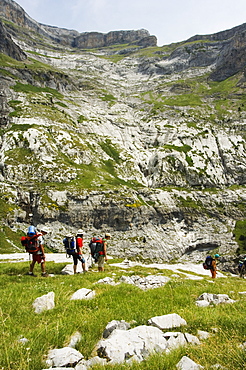
Hiking trail and hikers in the Canon de Anisclo (Anisclo Canyon), Ordesa y Monte Perdido National Park, Aragon, Spain, Europe
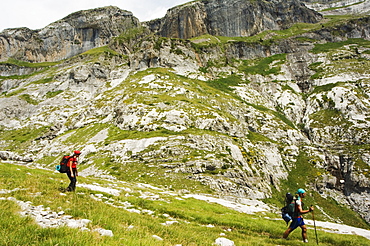
Hiking trail and hikers in the Canon de Anisclo (Anisclo Canyon), Ordesa y Monte Perdido National Park, Aragon, Spain, Europe
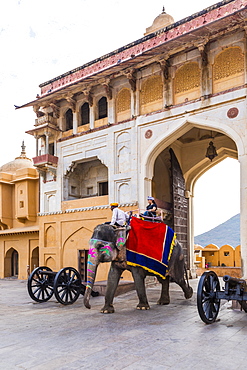
Elephants walking through the entrance gate at Amer (Amber) Palace and Fort, UNESCO World Heritage Site, Amer, Jaipur, Rajasthan, India, Asia
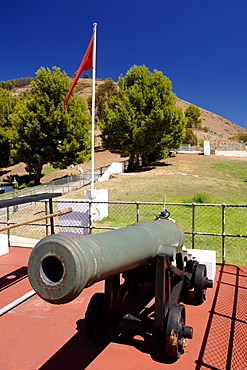
View of one of the two noon guns at Lion Battery on Signal Hill in Cape Town.
The daily noon gun is Cape Town’s oldest living tradition and the two cannons used are the oldest guns in daily use in the world. They have marked the midday hour in the mother city in this distinctive, albeit noisy manner since early 1806. The cannons were cast in Britain in 1794 and still bear the royal crest of King George the third. The firing of the cannon was originally to give ships in the bay a means of re-setting their clocks accurately.
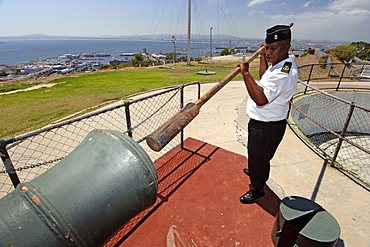
Chief Petty Officer Dudley Malgas using a wooden ram rod to push the charge into the muzzle of the noon gun cannon in Cape Town.
The daily noon gun is Cape Town’s oldest living tradition and the two cannons used are the oldest guns in daily use in the world. They have marked the midday hour in the mother city in this distinctive, albeit noisy manner since early 1806. The cannons were cast in Britain in 1794 and still bear the royal crest of King George the third. The firing of the cannon was originally to give ships in the bay a means of re-setting their clocks accurately.
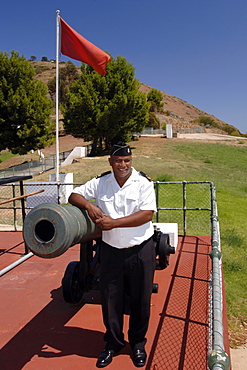
Chief Petty Officer Dudley Malgas of the South African Navy posing alongside the noon gun cannon in Cape Town. CPO Malgas has been in charge of firing the canon since 1995.
The daily noon gun is Cape Town’s oldest living tradition and the two cannons used are the oldest guns in daily use in the world. They have marked the midday hour in the mother city in this distinctive, albeit noisy manner since early 1806. The cannons were cast in Britain in 1794 and still bear the royal crest of King George the third. The firing of the cannon was originally to give ships in the bay a means of re-setting their clocks accurately.
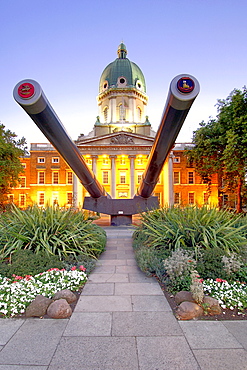
The Imperial War Museum in London at dusk. The building used to be the Betheleham mental hospital (Bedlam) during Victorian times.
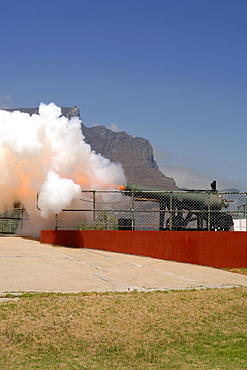
The noon gun firing in Cape Town.
The daily noon gun is Cape Town’s oldest living tradition and the two cannons used are the oldest guns in daily use in the world. They have marked the midday hour in the mother city in this distinctive, albeit noisy manner since early 1806. The cannons were cast in Britain in 1794 and still bear the royal crest of King George the third. The firing of the cannon was originally to give ships in the bay a means of re-setting their clocks accurately.
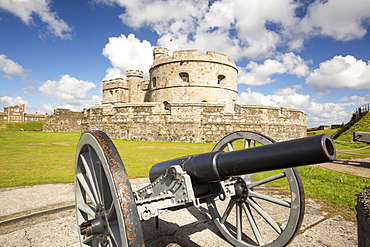
Henry VIII's Fort at Pendennis Castle, a fortress that has protected Cornwall from invasion for 450 years, Falmouth, UK.

Chinstrap penguin (Pygoscelis antarctica) colony near Point Wild on Elephant Island in the South Shetland Islands
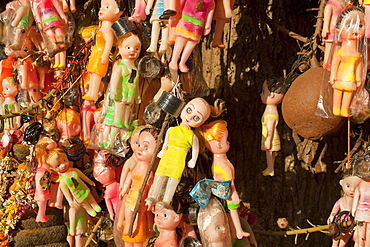
1000s of white dolls hung grotesquely on a canon ball tree for fertility, in the Janardhana swamy Hindu temple in Varkala,Kerala, India. more info: We need to question our need to reproduce more and more of us. As over population is the root of most of our problems.
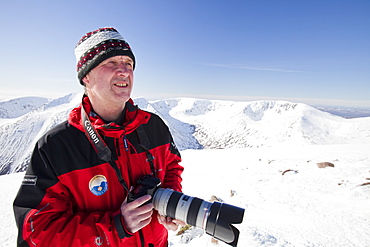
A mountaineer looking towards the Angels Peak and Braeriach across the Lairig Ghru from the summit of Ben Macdui, Cairngorm mountains, Scotland, United Kingdom, Europe
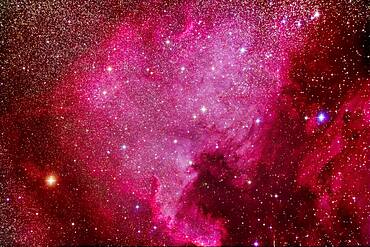
NGC 7000, the North America Nebula, with the Pelican Nebula, IC 5067, at right, in Cygnus, taken from home November 21, 2016 as part of testing of the Explore Scientific FCD100 102mm apo refractor. This is a stack of 5 x 6-minute exposures at f/7 with the ES field flattener, and at ISO 1600 with the filter-modified Canon 5D MkII. Star diffraction spikes added with AstronomyTools actions.
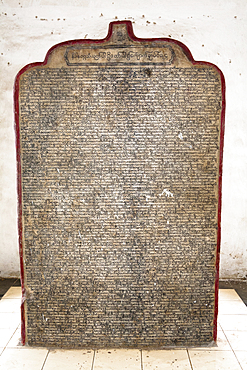
One of many marble slabs containing text and commentary from the Tripitaka, Kuthodaw Pagoda, Mandalay, Myanmar, (Burma)

A telescopic closeup of Comet Lovejoy (C/2014 Q2) on January 19, 2015. I shot this from near Silver City, New Mexico, using a TMB 92mm apo refractor at f/4.4 and using a Canon 6D at ISO 1600 for a stack of 4 x 5 minute exposures. The ion tail is primarily from a single exposure to minimize blurring from the comet's motion relative to the stars. The rest of the image is from the stacked combination to minimize noise.
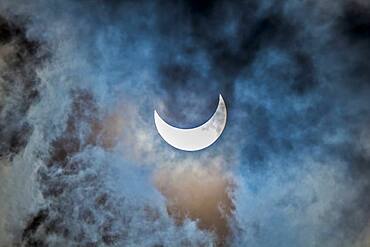
The partial eclipse of the Sun, October 23, 2014, as seen from Jasper, Alberta, in this case shot through thin cloud but that makes for a more interesting photo than one in a clear sky. This is still shot through a mylar filter, on the front of a 66mm f/6 apo refractor using the Canon 60Da for 1/25 sec exposure at ISO 100. The colours are natural, with the mylar filter providing a neutral 'white light' image. With the Sun dimmed a lot by cloud, the longer exposure allowed picking up light and colours in the surrounding clouds.
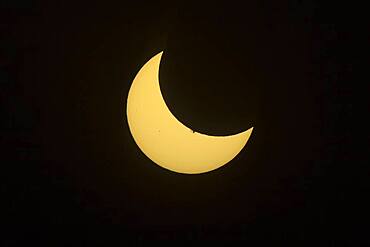
The partial eclipse of the Sun, October 23, 2014, as seen from Jasper, Alberta, shot under clear skies through a mylar filter, on the front of a 66mm f/6 apo refractor using the Canon 60Da for 1/8000 (!) sec exposure at ISO 100. The colours are natural, with the mylar filter providing a neutral 'white light' image. The big sunspot on the Sun that day is just disappearing behind the Moon's limb. The mylar filter gave a white Sun, its natural colour, but I have tinted the Sun's disk yellow for a more pleasing view that is not just white Sun/black sky.
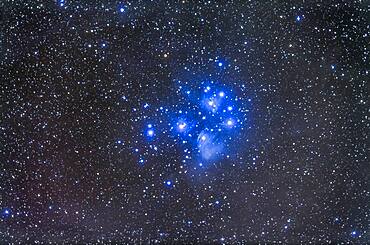
The Pleiades star cluster, aka Seven Sisters, or M45, in Taurus. A deep exposure showing the reflection nebulosity which fills the area. This is a stack of 5 x 14 minute exposures with the TMB 92mm apo refractor and Borg 0.85x flattener/reducer at f/4.8 and Canon 5D MkII at ISO 800. Taken from home Oct 9/10, 2013.
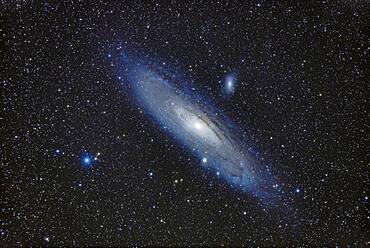
A demo image with the Orion 80mm CF Apo and Celestron AVX mount, with 3 x 8 minute and 3 x 6 minutes, at ISO 1600 with Canon 6D MkII plus shorter 3 x 2 minute and 3 x 1 minute exposures blended in with luminosity masks. Guided with the Orion Starshoot and Orion finderscope, using PHD2, with a lot of wild excursions in the guiding.
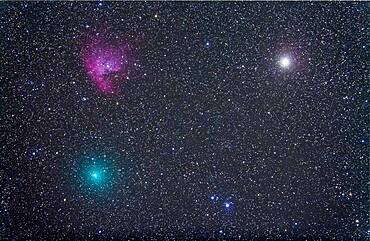
Comet Hartley 2 near the Pacman Nebula, NGC 281, in Cassiopeia. Stack of 4 x 6 minute exposures at ISO 1600 with Canon 5D MkII on A&M 105mm apo refractor at f/4.8 with Borg reducer/flattener. Bright star is Alpha Cas, Schedar. Autoguided with Celestron NexGuide autoguider. However, image of comet core is from only one exposure to minimize trailing from this fast-moving comet.
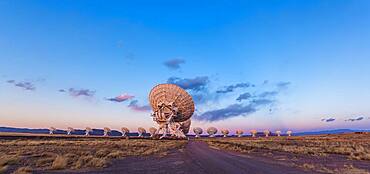
The Very Large Array (VLA) radio telescope in New Mexico, at sunset, March 17, 2013, with the Earth shadow rising at right and the pink Belt of Venus along the eastern horizon. This is a 2-section panorama, hand-held, with the 14mm lens and Canon 60Da camera.
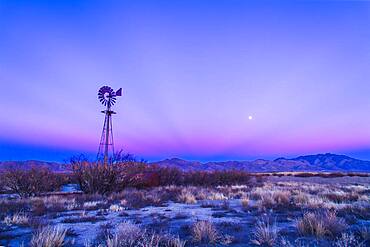
Sunset twilight colours and the waxing gibbous Moon over the Chiricahua Mountains in southeast Arizona, south of Willcox. Taken December 15, 2013 on Highway 186. Taken with the 24mm lens and Canon 5D MkII. Some dark crepuscular rays are visible converging to the anti-solar point.

Astronomer Vance Petriew at the eyepiece of his 20-inch Dobsonian reflector telescope, at the 2012 Saskatchewan Summer Star Party in Cypress Hills, SK. This is a single 20 second exposure with the Canon 5DMkII at ISO 4000, and 24mm Canon L-series lens at f/2. A faint aurora adds the horizon colours. The photo was taken on the occasion of the second return of Comet Petriew 185/P since its discovery 11 years earlier in 2001 at this very same location.
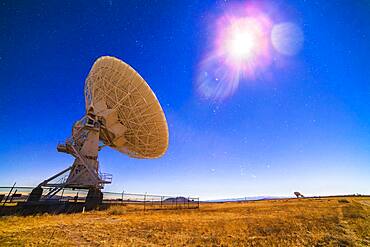
One of the 27 antennas of the Very Large Array (VLA) radio telescope complex in New Mexico (with others in the distance at lower right) illuminated by moonlight, on December 13, 2013, peak night for the Geminid meteor shower. A single exposure of 30 seconds with the Rokinon 14mm lens at f/2.8 and Canon 5D MkII at ISO 800. Orion is rising a lower centre. The Moon is the bright object at upper right. The Pleiades and Hyades are above centre.
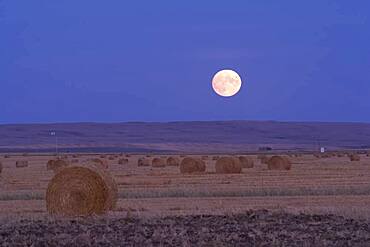
Harvest Moon, Sept. 27, 2004, taken from near home. With Canon Digital Rebel 300D, with 20mm lens at f/13 and 1/2 sec exposure at ISO100. Minimal processing to increase contrast but Moon image is not a fake -- the balance between sky and Moon was perfect for recording Moon detail and ground without over or underexposing either.
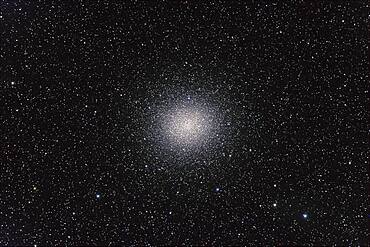
Omega Centauri globular cluster, with Canon 20Da camera with 4-inch Astro-Physics Traveler apo refractor at f/6 for 4 minutes each at ISO800. Stack of 4 exposures, averaged stacked. Plus short 2-minute exposure for core area. Taken from Queensland, Australia, July 2006.
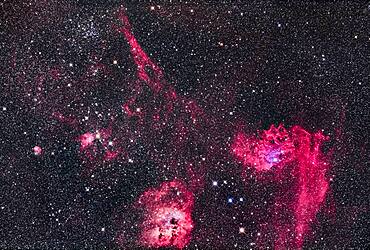
This is the rich region in the centre of the constellation of Auriga with the Flaming Star Nebula, IC 405 at right, and the roundish IC 410 at bottom with the cluster NGC 1893. At top left is the star cluster Messier 38, with small NGC 1907 below it. The small nebula at left is IC 417 around the loose cluster Stock 8. The large elongated nebula at top is Sharpless 2-230. The colourful asterism of stars between IC 405 and IC 410 is the Leaping Minnow or Little Fish, aka Mel 31.
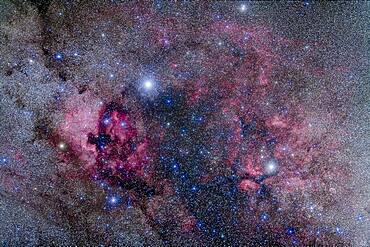
Nebulosity in the heart of Cygnus the Swan, including the North America Nebula and Pelican Nebula at left (NGC 7000 and IC 5070) and Gamma Cygni complex at right (IC 1318). The Crescent Nebula (NGC 6888) is at lower right. This is a stack of 5 x 4 minute exposures at f/2 with the 135mm lens and modified Canon 5D MkII at ISO 800, plus another three similar exposure images but taken thru the Kenko Softon filter for the star glows. Taken from home Sept 10, 2013.
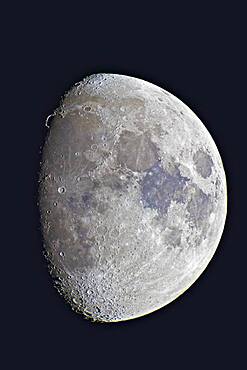
9-day-old gibbous Moon, taken April 23, 2010, with Astro-Physics 130mm apo refractor, plus 2x Barlow for f/12 and 1600mm focal length. Canon 7D camera at ISO 100. Seeing poor -- this was the sharpest of the lot.
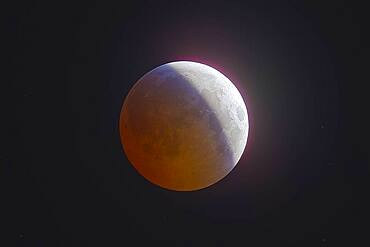
Total eclipse of the Moon, December 20/21, 2010, taken from home with 130mm AP apo refractor at f/6 and Canon 7D at ISO 400. An HDR composite of 9 images from 1/125 second to 2 seconds, composited in Photoshop CS5. Vibrancy increased to show bring out the colour variations across the shadow and at the edge of the shadow. Taken at about 12:21 am MST on Dec 21, about 20 minutes before totality began, during the partial phase.

Gum Nebula area of Vela and Puppis. Taken from Atacama Lodge, Chile, March 19, 2010, with modified Canon 5D MkII and Sigma 50mm lens at f/4, for stack of 10 x 6 minute exposures (Mean combined) at ISO 800 plus 2 x 6 minutes with Kenko Softon filter. High contrast boost and Selective Colour adjustments to bring out nebulocity while retaining neutral sky.

Sagittarius and Scorpius in diagonal framing, with Milky Way from Ara to Serpens. Taken with 50mm Sigma lens at f/4 and Canon 5D MkII at ISO 800 for stack of just 2 frames each at 6 minutes. Cloud prevented more exposures. Taken from Atacama Lodge, San Pedro de Atacama, Chile.
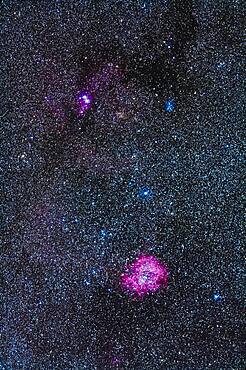
The area of the Rosette Nebula (bottom) and Christmas Tree Cluster (top) in Monoceros with the Fornax Lightrack tracker and 200mm lens + Canon 5D MkII. The nebulosity at top includes the Cone Nebula.
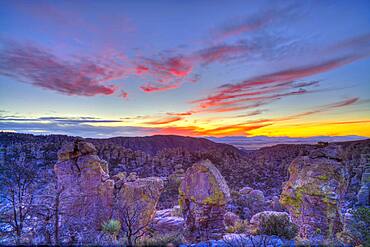
Sunset clouds and colours on December 3, 2013 from Massai Point, Chiricahua National Monument, Arizona. This is a 7-frame HDR High Dynamic Range stack to compress the high contrast from the bright sky and dark foreground into one image. Combined with Photomatix Pro. Taken with the Canon 5D MkIi and Canon 24mm lens at f/8. From images _MG_6996_6997_6998_6999_7000_7001_7002 taken at 2/3rd stop increments.
